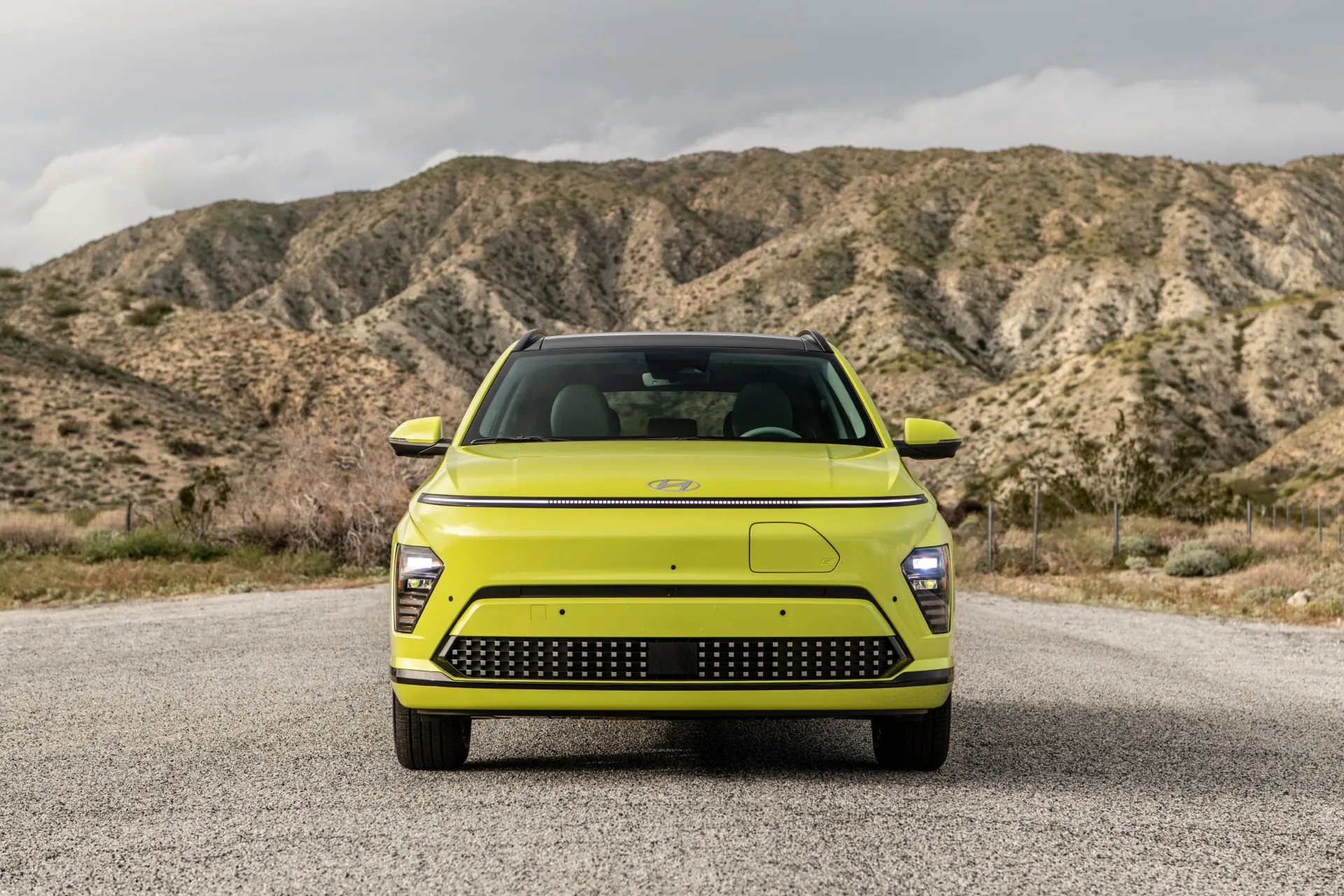The House votes on what appears to be a broad misunderstanding of proposed EPA rules. The EPA is very optimistic about the Tesla Cybertruck qualifying for the EV tax credit. The Cybertruck pulled off a shift to 48 volts. And why didn’t some EVs and PHEVs make the cut? This and more, here at Green Car Reports.
The EPA listed the two versions of the Tesla Cybertruck as eligible for a $7,500 EV tax credit amount in 2023—although the initial deliveries of Cybertruck All-Wheel Drive models were priced at more than $120,000 and the Cyberbeast isn’t due to start below the $80,000 price cap for the credit. In no other instance does the EPA list EVs that start well above the price caps.
The Tesla Cybertruck’s shift to a 48-volt system for accessories is one that’s long been talked about. With the recent hint from Ford’s CEO confirming that Tesla did actually school other automakers on how to accomplish it—and some confirmation that Ford is also working on the shift—we took a brief look at why it’s taken so long to purge 12-volt.
Last week the House of Representatives passed a bill attempting to block the EPA from enforcing stricter vehicle emissions rules for 2027-2032, under the misconception it’s an EV mandate. With the Senate unlikely to take up such a vote, it’s a show for the ill informed.
And our annual Best Car To Buy finalists were announced last week. But today we ran through why a number of other EVs and plug-in hybrids—like the Mitsubishi Outlander Plug-In Hybrid and Hyundai Kona Electric—didn’t make the cut.
_______________________________________
Follow Green Car Reports on Facebook and Twitter
Green Car Reports Newsletter
Sign up to get the latest green car and environmental news, delivered to your inbox daily!
I agree to receive emails from Green Car Reports. I understand that I can unsubscribe at any time. Privacy Policy.
Read the full article here




